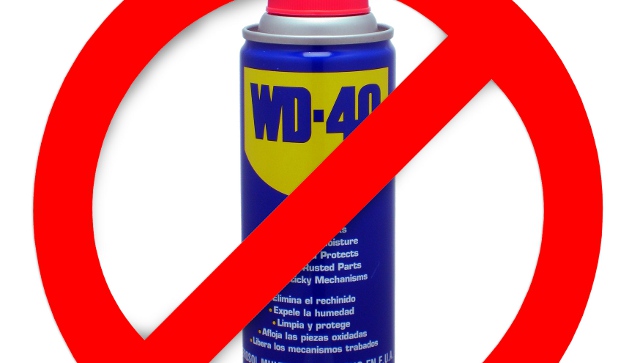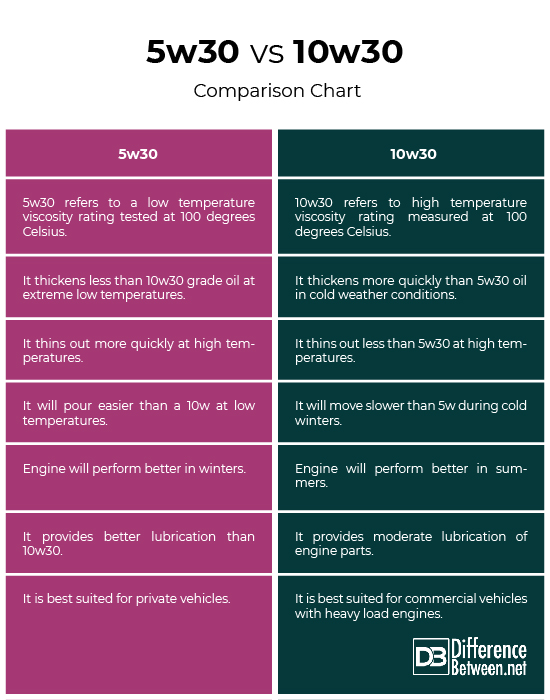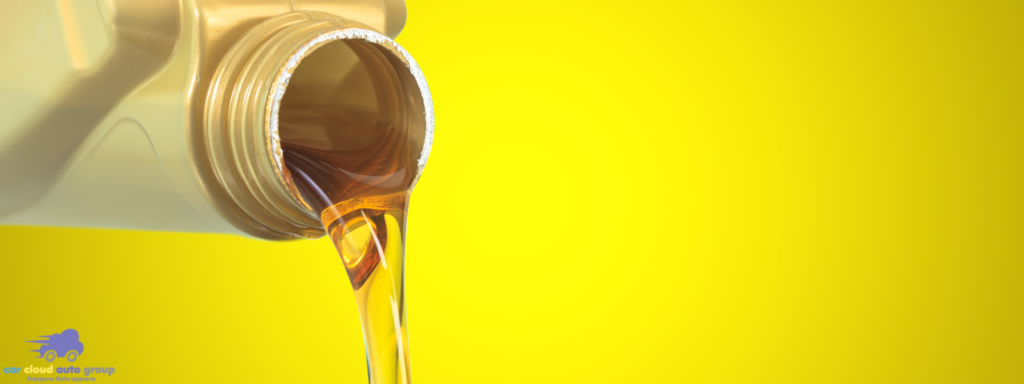When it comes to household products, WD-40 is a popular multi-use spray that can help with various tasks. However, there are certain items and surfaces that you should avoid using WD-40 on. Let’s explore what you should not use WD-40 on:
1. Hinges
While WD-40 is commonly used on hinges to lubricate them, it is not the best long-term solution. Over time, WD-40 can attract dust and dirt, leading to a gunky buildup that can actually cause the hinges to become less effective. For long-lasting hinge lubrication, it’s better to use a dedicated lubricant designed for this purpose.

Credit: m.youtube.com
2. Bike Chains
Using WD-40 on bike chains may seem like a quick fix for squeaky or stiff chains, but it can actually do more harm than good. WD-40 is not a lubricant and can strip away any existing lubrication on the chain, causing it to wear out faster. Instead, use a specialized bike chain lubricant for optimal performance.
3. Locks
While WD-40 can initially help to loosen a stubborn lock, it is not recommended for long-term use. Similar to hinges, WD-40 can attract debris and dust, leading to lock malfunctions over time. For locks, it’s best to use a lock lubricant specifically designed for this purpose.
4. Polycarbonate and Clear Polystyrene Plastic
When it comes to certain plastics like polycarbonate and clear polystyrene, WD-40 can cause damage and discoloration. These plastics are sensitive to harsh chemicals, and WD-40 may not be compatible with them. To clean or protect these plastics, opt for products that are safe for use on plastics.

Credit: ultimatespearfishing.com
5. Sensitive Electronics
Using WD-40 on sensitive electronic devices can be risky. The spray can leave behind a residue that may damage the delicate components of electronic devices. When it comes to cleaning or maintaining electronics, it’s best to use specialized electronic cleaners and avoid WD-40 altogether.
6. Wax Polishes and Some Wax Coatings
When trying to polish or protect surfaces that have wax coatings, using WD-40 can interfere with the wax and reduce its effectiveness. If you want to maintain the shine and protection of waxed surfaces, it’s recommended to stick to products that are compatible with wax coatings.
7. Anything That Comes Into Contact with Food
It is crucial to avoid using WD-40 on any item or surface that comes into contact with food. WD-40 is not food-safe and contains chemicals that should not be ingested. To ensure the safety of food-related items, always use products that are specifically designed for use in food preparation areas.
Remember, while WD-40 is a versatile product with many applications, it is essential to use it responsibly and avoid using it on surfaces where it may cause damage or compromise safety. By being mindful of what you should not use WD-40 on, you can protect your belongings and ensure they remain in good condition.
Read More: How to Use Engine Oil Cleaner Spray?
Frequently Asked Questions
What Is Wd-40 Bad For?
WD-40 should not be used on hinges, bike chains, locks, polycarbonate and clear polystyrene plastic, sensitive electronics, wax polishes and coatings, and anything that comes into contact with food. High concentrations may cause nasal and respiratory irritation, headaches, dizziness, and nausea.
It may also cause skin irritation with short-term exposure.
What Should Wd-40 Not Be Used For?
Avoid using WD-40 on bike chains, locks, sensitive electronics, polycarbonate plastic, clear polystyrene plastic, wax polishes, and anything that touches food.
Is Wd-40 Good For Arthritis?
No, WD-40 is not good for arthritis. It is not intended for medical use.
Does Wd-40 React With Anything?
WD-40 is not reactive under normal conditions, but may react with strong oxidizers, producing heat. It is stable but avoid heat, sparks, and flames.


